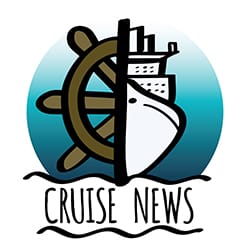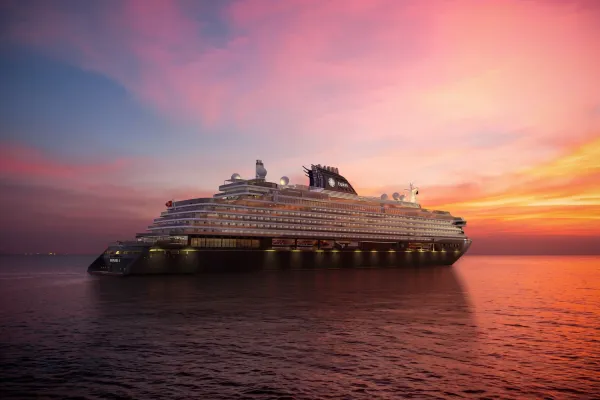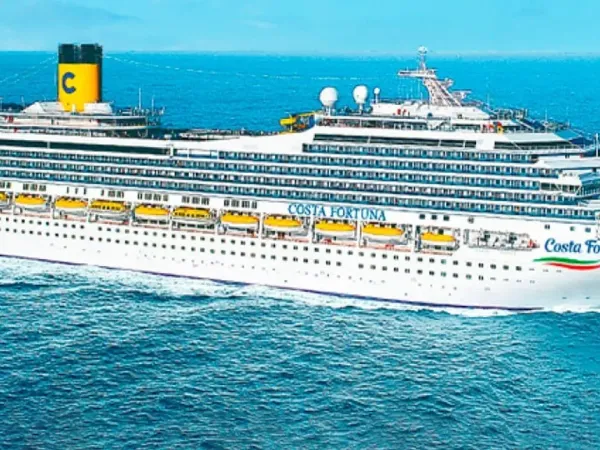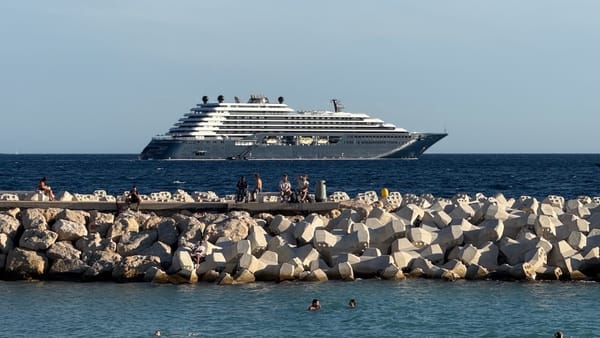Norwegian Cruise Line Long Term Recovery
Despite near-term volatility and sector-wide headwinds, Norwegian Cruise Line Holdings is viewed by analysts as an undervalued recovery play with a focus on fleet innovation and premium growth strategies.
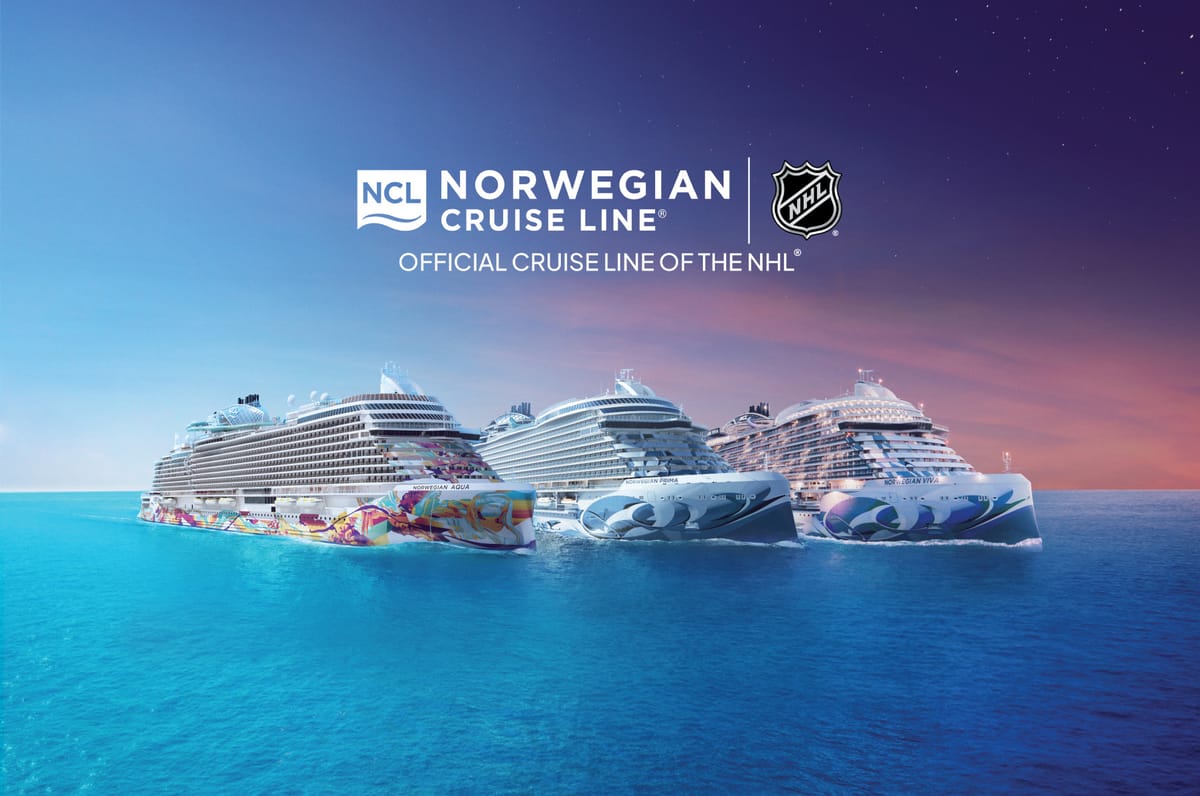
Norwegian Cruise Line Holdings (NCLH) has garnered attention from investors amidst fluctuating market conditions and ongoing debates about its valuation. Recent stock performance reveals a decline of 15.8% over the last month, including a 6.8% drop in the last week, and a 13.4% year-to-date decline, with broader market dynamics such as inflationary pressures, fuel price volatility, and geopolitical uncertainty contributing to the sector-wide softness. Short-term volatility notwithstanding, Norwegian’s longer-term performance has proven resilient, delivering a 70.3% three-year total return and a five-year gain of 36.5%, reinforcing its narrative as a recovery play with noted growth potential.
Valuation Signals and Discount Narrative
Analysts have drawn attention to compelling valuation metrics suggesting substantial upside for Norwegian Cruise Line Holdings. Using Discounted Cash Flow (DCF) analysis, the stock’s intrinsic fair value is estimated at $45.07 per share, approximately double its current market price. This projection relies on forecasts of rapid Free Cash Flow growth, transitioning from a deficit of $730 million to a positive $1.97 billion by 2029, with further expansion to $3.19 billion by 2035. Such improvements are tied to efficiency gains from new fleet additions and normalized operating conditions.
Similarly, Norwegian’s price-to-earnings (PE) ratio of 14.2 times falls significantly below both the average for the hospitality industry (23.1 times) and its direct cruise-sector peers (41.3 times). A fair PE multiple, accounting for factors like growth trajectory and risk profile, stands at 37.6 times, reinforcing the idea that Norwegian’s current pricing reflects notable undervaluation.
Fleet and Strategic Growth Initiatives
Norwegian continues to position itself strategically for long-term growth by prioritizing fleet optimization and expansion with fuel-efficient ships and luxury upgrades to meet rising demand for premium travel experiences. The company has also targeted emerging markets, leveraging the increasing spending power of growing middle-class demographics to enhance profitability. Focused investments in private destinations, onboard amenities, and higher-margin premium suites reflect the company’s strategy to grow net yields through sustained pricing power and operational efficiency.
Recent investor communications from Norwegian have emphasized continued yield optimization, disciplined pricing strategies, and cost control as central to its long-term recovery. As part of its broader strategy, Norwegian aims to reduce leverage, ensuring a more supportive financial foundation for future fleet additions and competitive initiatives.
Risks and Challenges
While the outlook for Norwegian remains largely positive, the company faces several risks. High debt levels continue to be a concern, particularly as Norwegian relies on consistent demand for premium offerings to sustain profitability. External factors like fluctuating oil prices, inflationary pressures, and macroeconomic uncertainty could further challenge the cruise industry. Additionally, competitive pricing pressures across the sector and geopolitical developments affecting key itineraries remain potential headwinds for Norwegian in preserving long-term margin growth.
Industry Insights and Trends
Norwegian’s strategies align with broader industry trends identified by the Cruise Lines International Association (CLIA), which has highlighted fleet efficiency and sustainability initiatives as fundamental to the ongoing recovery across global markets. CLIA reports that consumer interest in cruising remains robust, supporting further investment in enhanced onboard experiences and environmentally-friendly fleets.
For travelers, Norwegian's fleet modernization efforts promise enhanced onboard amenities, greater fuel efficiency, and enriched private-destination experiences. While pricing for premium sailings continues to climb, shoulder-season promotions provide opportunities for more budget-conscious consumers.
Frequently Asked Questions (FAQs)
Why is Norwegian Cruise Line Holdings stock considered undervalued?
Analysts point to Norwegian’s favorable metrics, including a Discounted Cash Flow (DCF) model indicating intrinsic fair value significantly above its current price. A low price-to-earnings (PE) ratio compared to industry averages also substantiates its undervaluation narrative.
What challenges are affecting Norwegian’s stock performance?
Recent declines are driven by broader macroeconomic pressures, including inflation, fuel price volatility, and shifting consumer discretionary spending. Norwegian also faces execution risks tied to yield progression and debt reduction.
What initiatives is Norwegian Cruise Line undertaking to drive growth?
Norwegian is prioritizing fleet modernization by investing in fuel-efficient, luxury-focused ships and enhancing cabin mixes to cater to premium markets. It is also expanding its reach into emerging markets, leveraging growing middle-class demographics to enhance profitability and operational efficiency.
How does Norwegian align with broader cruise industry recovery trends?
By emphasizing fleet efficiency, sustainability, and premium experiences, Norwegian mirrors strategies reported by industry body CLIA. Sustained demand for cruising and innovations in onboard offerings further support the industry’s recovery trajectory.
What risks could limit Norwegian’s growth prospects?
Key risks include elevated debt levels, reliance on premium travel demand, and broader factors like inflation, oil price volatility, and competitive pressures. Geopolitical tensions affecting cruise itineraries could also present challenges to profitability.
